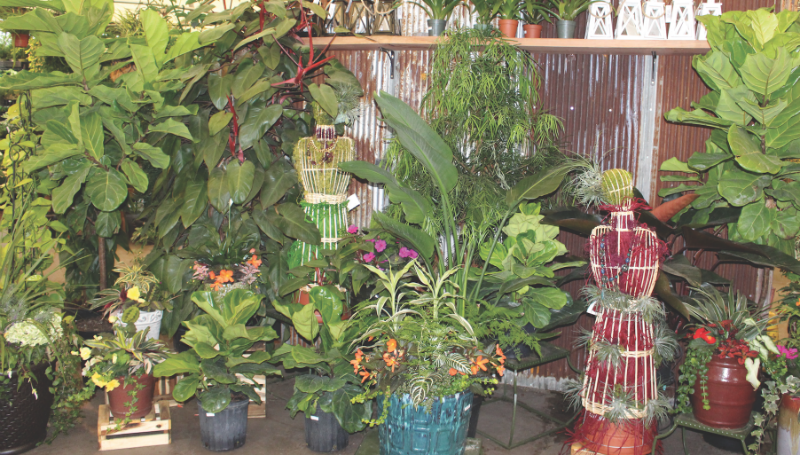
Show & Tell Merchandising
Thinking back, all of us can probably recall grade-school “Show & Tell” assignments, which provided the opportunity to share a special item or personal experience with our classmates.
Topics may have included summer vacation destinations or visits to landmarks across our great country.
Show & Tell was an exercise in effort, pride and preparation. It told the teacher a lot about who we were and what excited us.
Let’s fast forward to today and your retail planning efforts: Are you excited about your store layout and building your displays to sell better? What story or products will you show and tell your customers this spring?
A Telling Sign
Change is a key benchmark for growing sales opportunities among national retailers.
The lawn and garden industry is historically built on change. New plant genetics, new products, new colors and styles, new technology, new chemistry, new packaging, new conveniences, new opportunities and so on.
Every successful retailer knows that in order to prosper they need to promote and, in some cases, lead by implementing change and communicating it successfully to customers.
Old dogs learning new tricks are a must in retail. Change is constant. What’s happening in your store to show and tell the power of change?
A New Twist to an Old Favorite
Indoor houseplants have, sadly, been a forgotten category by many garden centers since the supermarkets found an audience and the foot traffic needed to drive impulse sales. These plant tables are staged at the appropriate time, but are often very limited in range with little or no replenishment.
Fortunately for garden centers, the path to differentiation is clear: We have an entire world of indoor plants to choose from — succulents, cacti, orchids, African violets, bonsai, mini roses, and even miniature foliage have emerged from a long sales slumber to show increased activity in many stores.
Success depends equally on what’s in your product offer and how you present it. Bigger isn’t necessarily better!
The relatively recent surge in miniature plants and fairy gardening has spawned some additional avenues for sales traffic. Terrariums, dish gardens, glassware, air plants, decorative mosses and decorative soil covers have all benefitted from the wholesale grower’s smaller-sized offerings.
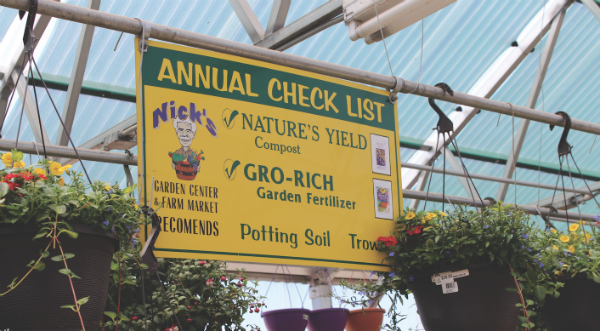
A New Kind of Party
Remember when Tupperware parties were popular? Today, a new venture called PlantNite brings a unique plant-party atmosphere to consumers, with build-your-own terrarium events at local taverns, bistros and bars. Local events can be found and tickets purchased online.
PlantNite events provide instructional tips and all the materials needed for the do-it-yourself attendee, at a healthy cost to participate.
Whoever thought to combine plants with consumers’ favorite “beverage of choice” goes to the head of the class!
These parties build awareness within the community and create a fun, relaxed experience that sells more product. Think of the possibilities for your store.
A New Discovery
For retailers and consumers alike, the doldrums of winter are immediately warmed by the first colors of spring.
For those who can’t wait to turn the calendar page, try featuring a single plant species in a mass display setting complete with complementary pot choices, recommended potting soils, watering options and p
lant-specific foods. Arrange plants in blocks of color at various heights on the table or bench for increased shelf appeal and to entice customers from a distance.
The most popular impulse plants for pre-spring are orchids, and timing is also good for promoting sales for upcoming Easter and Mother’s Day.
All that’s missing is your signage telling the story behind what’s shown on the table. What’s new? What’s unique? Is there a local orchid society located nearby?
If you have a team member who’s passionate about these specific plants (or the resident expert), empower them to Show & Tell their story.
A Thirst Quencher
Plants need food, protection and, most of all, water. Wilted, moisture-deprived plants may not be the first thing that comes to mind in April, but if you experienced the intense heat from last August (one of the hottest months on record), you’ll read on.
The most basic component of planting success is simply adding water. This, too, can be a consumer challenge. Remember: Where there’s a consumer challenge, there’s a retailer opportunity.
Our retail efforts to sell plants to consumers in spring often don’t include tips for survival or maintenance of the plant for the duration of the season. Plant labels clearly state whether the plant requires sun or shade conditions, and occasionally mention keeping the soil moist. Some flowers and plants, however, drink more than their share of water during periods of high heat.
We can combat those issues, and set our customers up for long-term success, if we’re proactive sellers in early spring.
Sales may increase within the department by adding an ample assortment of small watering cans, plant misters, spray bottles, self-watering containers, as well as premium potting mixes at the plant bench or close by within sightlines or traffic flow.
If your customers are starved for time and can’t water their baskets, window boxes and containers, a premium potting soil with moisture-retentive crystals or premium coir should stand proudly in your pottery department as a recommendation to be used at the time of planting.
Your simple store sign of “We Recommend” should create more selling opportunities at a higher ticket than you may realize.
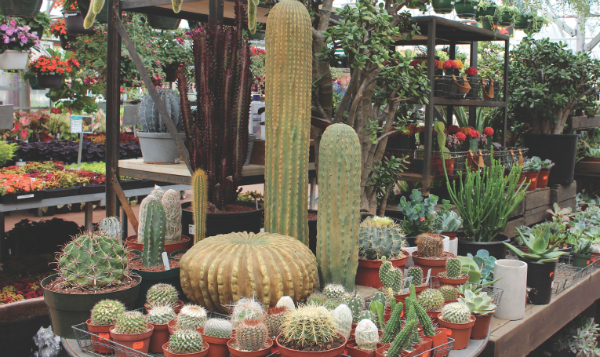
A Solid Foundation
The top-selling product sold at retail, besides plants of course, is bagged soil or potting media. Many consumers skip this important step in their purchases, and pay dearly later when they fail to keep their plants alive.
Show your customers the way to choose their media options correctly by staging these mixes with the plants where possible. Simple selling signs should explain the benefits and added value these products can provide.
Selling a bag of soil should be easy to do with almost every plant transaction. What’s in the bag can be the difference between success and failure. It can keep the consumer’s plant supplied with key nutrients, and help it retain all-important moisture.
How do we lead our customers to the correct product? It’s not about price. The cheapest product usually has the cheapest content. Instead, our motivation is to offer a soil that meets certain performance criteria.
Growers choose professional media to produce great results. Retailers should offer (and recommend) performance and value-added potting media along with their plant and pottery selections. Some manufacturers provide premium mixes in smaller 4- or 8-quart sizes.
Your product package is also important for sales as some labels clearly state or show an image of what’s in the bag without fine print or overpowering graphics. Premium soils for specific applications should be easy to stage and sell in your store.
Today’s polymers are water-holding crystals that store hundreds of times their weight in water, releasing the water as the soil and plant demand moisture uptake. Polymers aid to reduce watering, limit transplanting shock and minimize soil compaction when used according to the label instructions. When planting directly into the soil, polymers will last several years and are a favorite of professionals.
Polymer products come in many forms including granules, pouches, spikes, mats, infused soil mixtures (sold with and without fertilizers) and mycorrhizae. Incorporate these products into your store plantings to provide a visible demonstration of success. If you’ve ever experienced a drought before, you’ll appreciate the value of teaching consumers to plan ahead at the time of planting their flowers, roses, trees and shrubs.
Don’t wait to promote planting success until summer heat arrives. It’s just a matter of time before it’s too late: Plant me correctly now, or pay to plant me again later.
A-List Retailing
By showing your customers colorful vertical displays, identifying new and unique plant varieties, suggesting additional products at the point of decision AND communicating your professional plant care tips, it won’t take long for the word to spread.
Customers will see your efforts and hear your message, and reward you with more of their business. Change is good for retailing, whatever you’re selling.

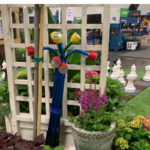
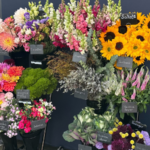
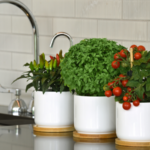


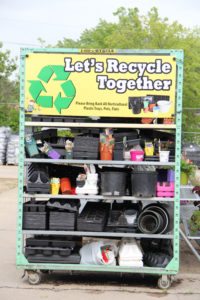


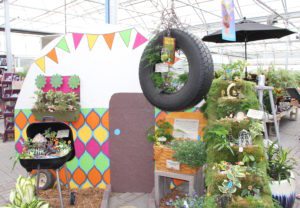
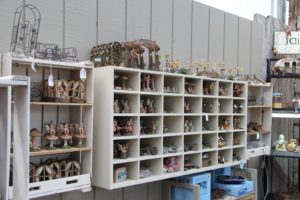
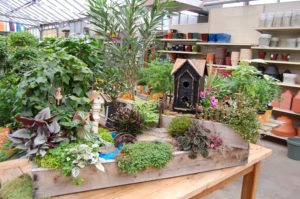
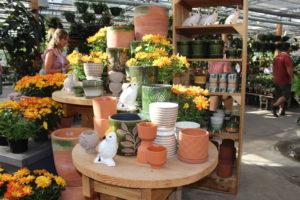
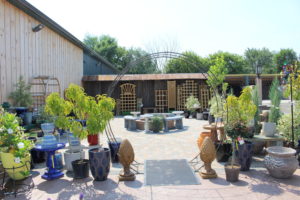
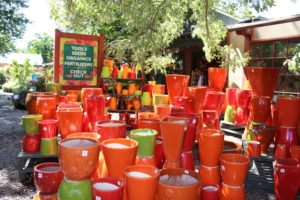
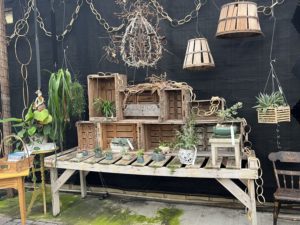
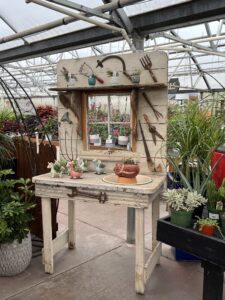
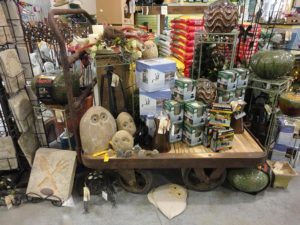
 Videos
Videos





